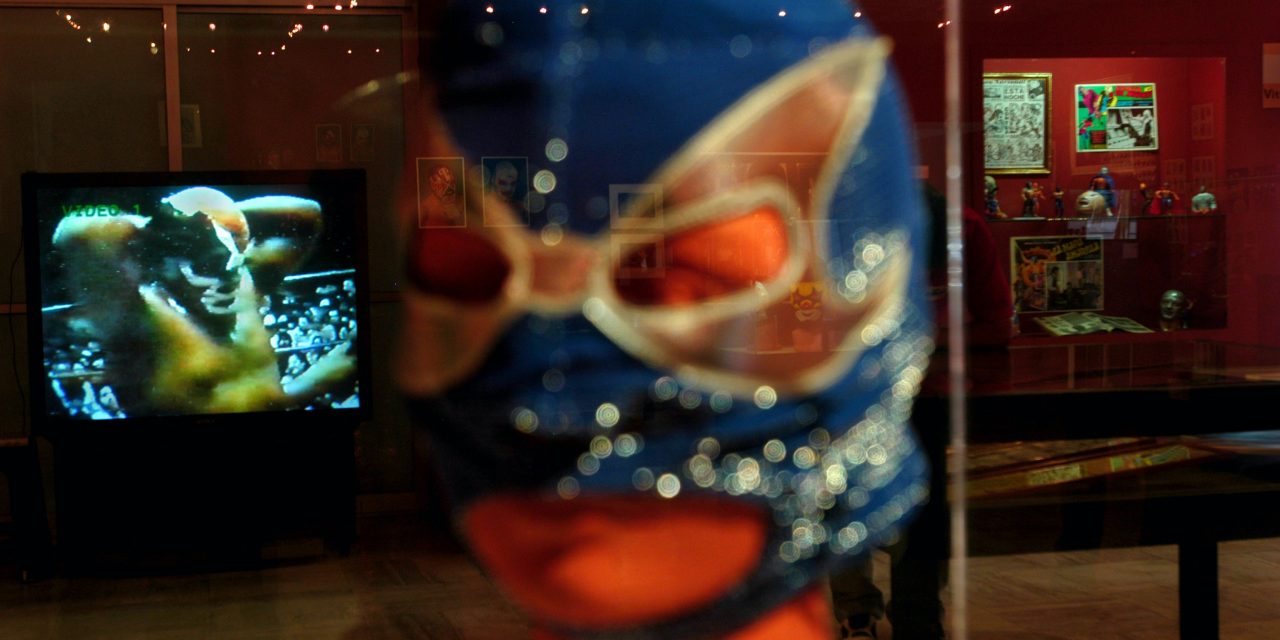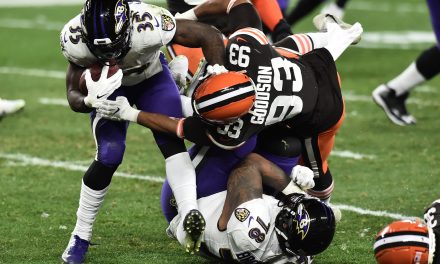If you are a boxing enthusiast, perhaps it may be easier for you to realize the differences that explain amateur and professional boxing today. The rules, experience and the ability of the boxer are just among the few things we look at when defining different levels of boxing.
Unlike other sports, it’s relatively easier to make a switch from amateur to professional boxing. Perhaps it explains why some of the world’s renowned boxers like Muhammad Ali started in amateur boxing before making a pro-boxing switch. What’s more about these sports is that the matches are structured differently and are not scored in the same way.
Differences That Define Amateur and Professional Boxing
When Muhammad Ali won his maiden gold medal in the heavyweight division at the summer Olympics of 1960, he was only 18 years old. Ali had only trained for four years as an amateur boxer. He obtained a professional license and began pro boxing a year later.
Ali’s switch is just an example of notable switches from amateur to professional sports. It’s also an illustration that amateur boxing prepares you well for the next phase of pro boxing. Therefore, if you are an up and coming boxer, the differences below will give you a better understanding of how this sport is played out at different levels.
Equipment
The type of equipment used is among the few things that define amateur and pro boxing. In most cases, amateur boxers are required to wear protective head guards and singlet tops. This is in contrast with pro boxing as wearing of head guards is not allowed.
If you visit punch equipment sellers around, you’ll also notice differences in gloves. An amateur glove only weighs 10 ounces and has a white area over the knuckles. Judges usual award points when there’s contact between the white area with an area of the opponent’s body used for scoring.
On the other hand, a pro boxer’s glove can weigh between 6 to 10 pounds, depending on the law and the agreement between the boxers.
The Governing Bodies
The two levels of boxing have different governing bodies. Professional boxers are governed by world known organizations such as World Boxing Association, World Boxing Council, and World Boxing Organization. These bodies organize boxing competitions with hefty money prizes.
Amateur boxes don’t fight for any money and are governed by a global body known as the International Boxing Association. This body oversees amateur boxing in more than 190 associated countries. The AIBA is also tasked with overseeing boxing at the Olympics.
Number of Rounds in a Bout.
The number of rounds in a bout vary between amateur and professional boxing. Professional fights are much longer than amateur fights. They both have a standard of three-minute rounds, but professional boxers can go for rounds between four and twelve.
In amateur boxing, the males go for three rounds, which can only last for three minutes. Females go for four rounds, and all timed at two minutes.
Final Thought
Though there exist some slight differences, amateur and professional boxing are the same thing. It only requires you to gain experience before you can grow from one level to another. The good thing is amateur training, and its techniques are geared more into preparing one for professional boxing.











